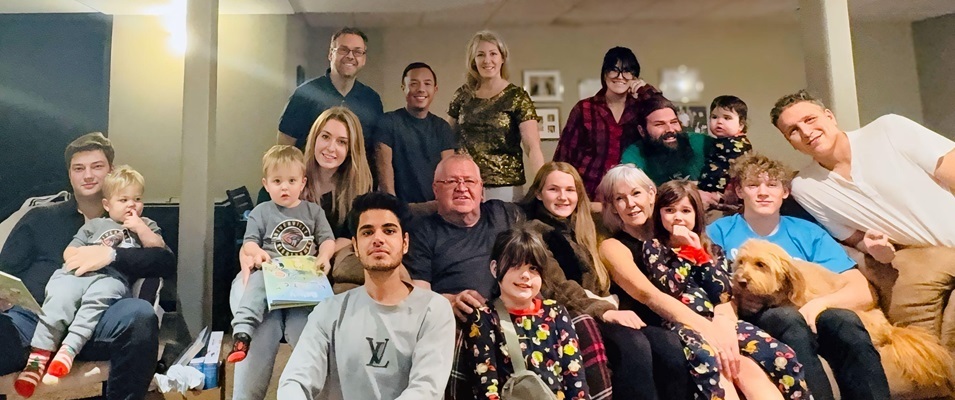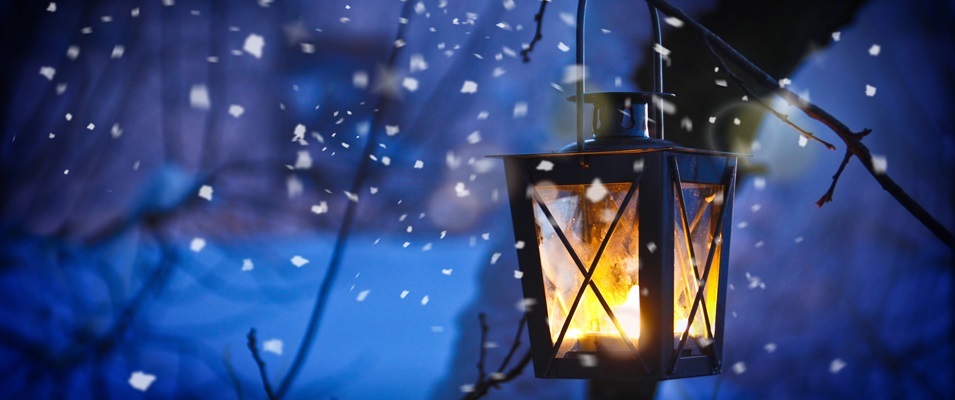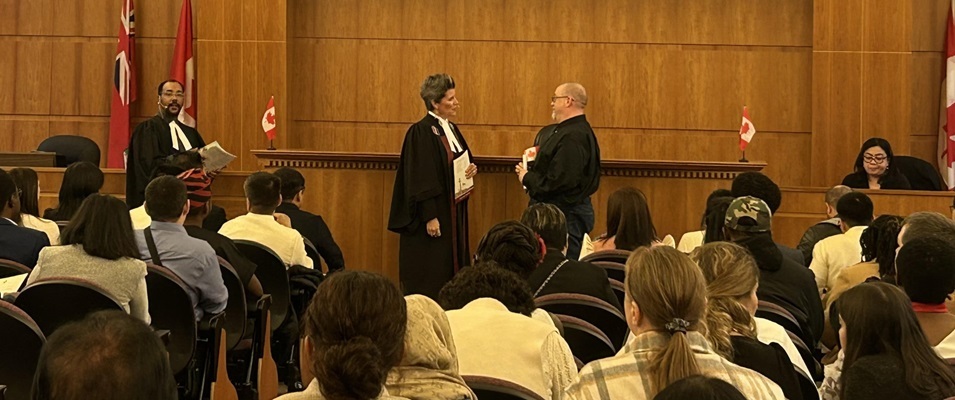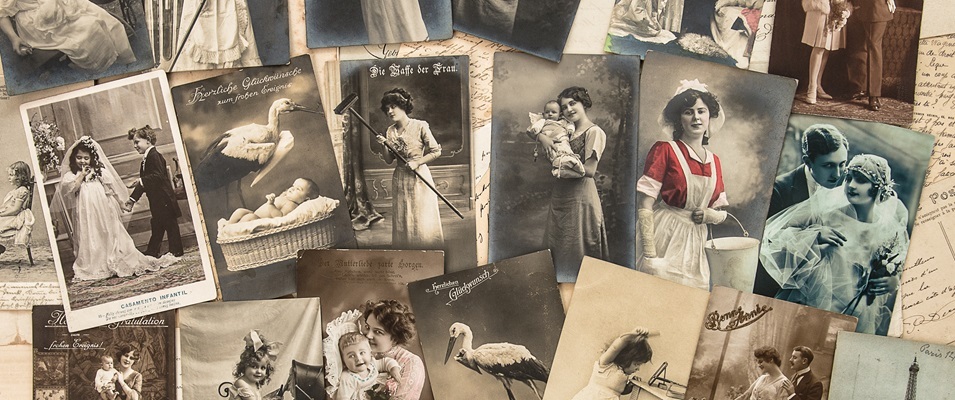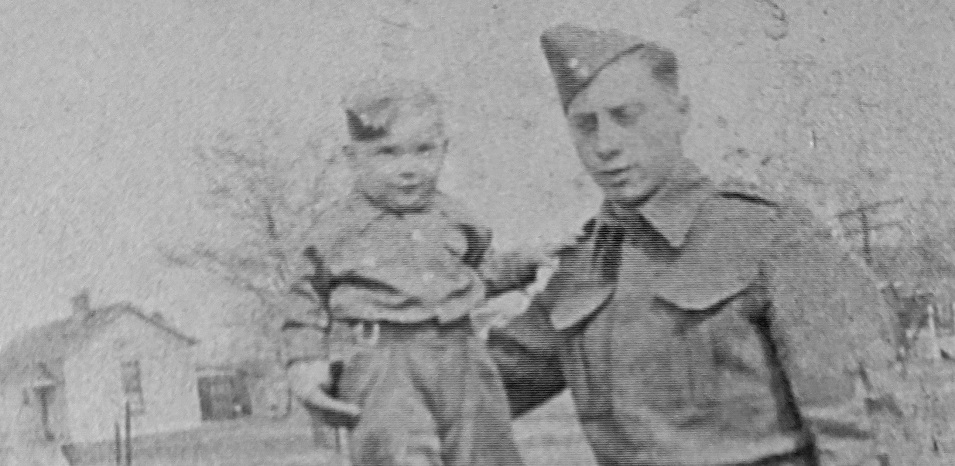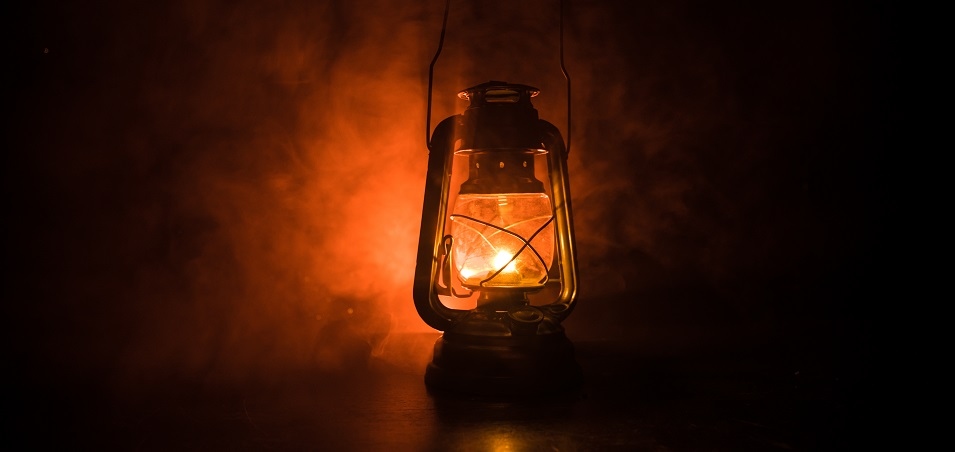Human rights have been debated for thousands of years. History dates one of the earliest formal human rights declarations all the way back to 539 B.C. Under the rule of Cyrus the Great, the people of Persia were granted basic human freedoms which could not be overruled by governing authority. These new rights included freedom from slavery and the right to practice any religion.
Since that time, many more declarations have surfaced. These include the Magna Carta, established in 1215 to protect the rights of barons in England; the United Kingdom’s Bill of Rights of 1689, limiting the rights of the monarch and advancing the rights of people; and the American Declaration of Independence of 1776, granting Americans the right to life, liberty, and the pursuit of happiness.
Following perhaps the most infamous human atrocity of the twentieth century, the Nazi annihilation of eleven million Jews, the United Nations (UN) Declaration of Human Rights was born in 1948. Championed by Eleanor Roosevelt and signed by 53 UN members from around the world, the declaration has become a universally accepted code for determining and securing the basic rights of all people.
But what are human rights? The Human Rights Resource Centre of the University of Minnesota explains it as follows: “Human rights are the rights a person has simply because he or she is a human being. Human rights are held by all persons equally, universally, and forever. Human rights are inalienable: you cannot lose these rights any more than you can cease being a human being. Human rights are indivisible: you cannot be denied a right because it is ‘less important’ or ‘non-essential.’ Human rights are interdependent: all human rights are part of a complementary framework.”
The Human Rights Resource Centre points to another definition for human rights: “those basic standards without which people cannot live in dignity.”
Nelson Mandela, a champion of racial equality in South Africa, once said, “To deny people their human rights is to challenge their very humanity.”
The human rights story has evolved over the centuries. Early America lived it during Lincoln’s presidency with his desire to end slavery. Later, Martin Luther King championed the rights of black Americans, believing in equal treatment and opportunity for all, regardless of colour.
This struggle has expressed itself in Canada with the early Mennonites’ right to religious freedom and exemption from military service. Nellie McClung was one of many women instrumental in campaigning for the rights and freedoms of women in Canada who were, at the time, regarded by society as property and inferior to men.
In more recent years, the rights of Canada’s indigenous people have risen to the forefront, reminding us of the atrocities they have been subjected to through the residential school program and the appropriation of their land and natural resources.
The LGBTQ Community
The LGBTQ community has also joined forces with those seeking understanding and equality. Though it seems like a relatively new phenomenon, the concept of alternative sexualities has been discovered in art, writings, and excavated finds from as far back as 1700 B.C.
A singular question rages at the centre of the debate: are alternative sexual “tendencies” a choice or inborn? Much scientific research has been focused on finding the answer. Some scientists claim to have found different genetics between gay and straight people. But as long as the jury is out on the science, we have little to go on but our emotions and rationale.
What has been proven is that these same alternate sexualities are prevalent in much of the animal kingdom, including swans, elephants, bison, apes, and rams. This information should be integral to the rational side of the debate, along with the testimony of thousands within the LGBTQ community who state that their unique characteristics have been a part of them for as long as they can remember. Since we can pinpoint distinct genetic differences between men and women, why would we rule out the possibility of other variations as well?
Val Hiebert, a sociology professor at Providence College, has conducted much research on another component of sexuality: intersex people. Intersex describes people born with both male and female genitalia. According to a study performed by the American Journal of Human Biology, one out of every 1,500 people is born with visible signs of both male and female genitalia. For many more, there is only internal evidence of mixed genitalia, not visible from the outside. These are estimated to be one to two out of every 100 births.
“Intersex isn’t uncommon, it’s just unheard of,” says Hiebert. “These infants who are born part male and part female are born into a world that has no room for their physical sexual ambiguity.”
Hiebert cites story after story of individuals who have suffered under a medical system and society that only allows for two distinct genders. Testimonials suggest that the condition goes much deeper than biological differences. Intersex people experience the inability to identify as either gender, making them feel like freaks of nature. Many of them choose to take their own lives rather than face a world in which they don’t fit.
This common but rarely voiced condition is just another example of the restrictive nature of societal norms. There was even a time when left-handed people were misunderstood.
“When my grandfather was a boy, his teachers slapped his hand whenever he wrote lefty,” says Kurt Eichenwald in a 2015 Newsweek article titled “Blaming People for Being Gay Is Like Blaming Them for Being Left-Handed.” “Being left-handed, they told him, was obviously a choice since the Bible made it clear that left was the side of Satan. The right hand of God was glorious in power, reads Exodus; God sends the blessed to his right and the damned to his left. So deciding to use his left hand meant my grandfather had aligned himself with Beelzebub, and needed to feel the pain of a loving God through the smack of a ruler. When that didn’t work, his left hand was tied down. As a result, my grandfather was forced to use his right hand, which our family believes led to neurological problems later in life.”
Thankfully, through the generations, norms have been forced to evolve through education and science.
What causes humans to reject change is another topic altogether. Certainly, in many cases, it’s a fear of the unknown. Other times, it’s a determination to uphold what many perceive to be the ultimate human rights document: the Bible.
Though texts pulled from the Good Book can be understood to suggest that non-traditional sexualities stand in conflict with God’s ways, one needs to ask why God would allow birth “defects” such as physical and mental handicaps, intersex people, and those born different from our traditional understandings of sex and gender. In such cases, rational thought may need to supersede biblical interpretation.
Famed Christian author Anne Lamott recently shared on social media the words of her good friend Mark Yaconelli, on his view of the Bible and homosexuality: “Jesus is our primary spiritual teacher and the one who shows us what God is like. Jesus is the one who says: ‘Love your neighbor as you love yourself.’ Jesus is the one the Bible holds up as a window into God. Jesus is the one who teaches us and shows us and helps us feel and know that it is not loving to dominate nor discriminate against other people. To exclude or reject or restrict people because of who they love and how they love goes directly against the Bible and the teachings of Jesus.”
The Local Struggle
While many Christians have no problem with demonstrating their love and acceptance of the LGBTQ community, many here in southeast Manitoba feel that their own rights are being infringed upon by the push to introduce inclusiveness into the public school system. Some fear that their children will be exposed to unbiblical sexual conversations and indoctrination.
A close look at what local parent Michelle McHale is requesting from the Hanover School Division indicates that her argument is not about the manner in which sexual acts are taught in school, nor whether the right to teach sexuality belongs to the school or the parents. McHale has been specific in her request to remove LGBTQ topics from the “sensitive issues” category of the curriculum and allow open conversation about the fact that children come from all types of families. Whether a child comes from dual-parent or single-parent homes, grandparent-led or foster homes, opposite-sex or same-sex parented families, only an acceptance of these diversities can destigmatize those whose families don’t fit the traditional view. Calling homosexuality a “sensitive issue” fosters the misunderstanding that sex sums up the whole of a person who identifies as LGBTQ.
In the aftermath of Steinbach’s first ever Pride march, it’s important to remember that all historic changes to human rights began with a few dreamers, such as Abraham Lincoln, Nellie McClung, Nelson Mandela, and Martin Luther King. Every one of these great voices called for action from the marginalized, whether by civil war, public gatherings or marches, or political action. Like King, McHale initiated a peaceful protest to right an injustice.
Awareness, Education, and Empathy
Whether you agree that the goal is justified or not, the Human Rights Code of Canada states that “every individual is equal before and under the law and has the right to the equal protection and equal benefit of the law without discrimination and, in particular, without discrimination based on race, national or ethnic origin, colour, religion, sex, age or mental or physical disability.” Our government further guarantees the right of peaceful assembly as a means to draw attention to issues of human rights.
In the words of British writer Trevor Phillips, Deputy Chairman of the Board of the National Equality Standard in the UK, “Human rights are not worthy of the name if they do not protect the people we don’t like as well as those we do.”
As history has shown us, human rights evolve gradually through awareness, education, and empathy. We’re all freer people thanks to the activists who came before us. New needs and questions will continue to arise, and they will be made known when some brave soul stands up and proclaims, “I have a dream.”





